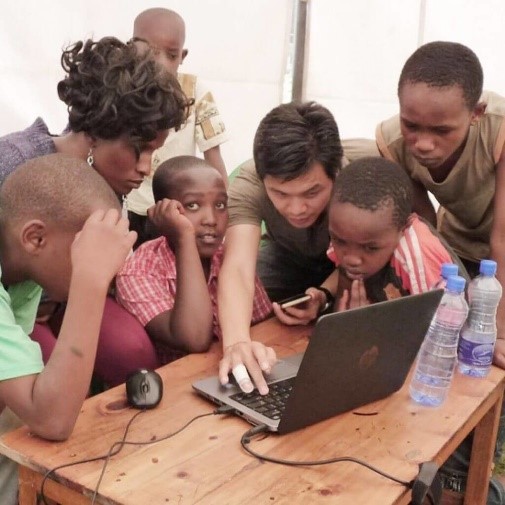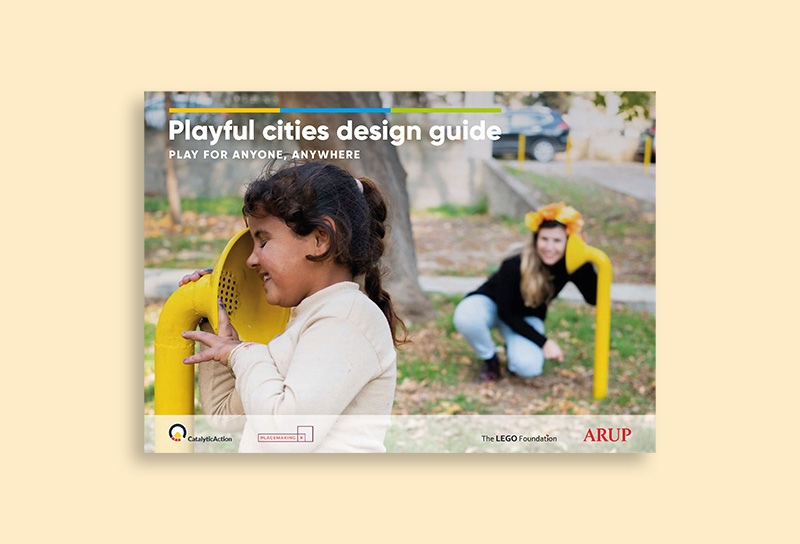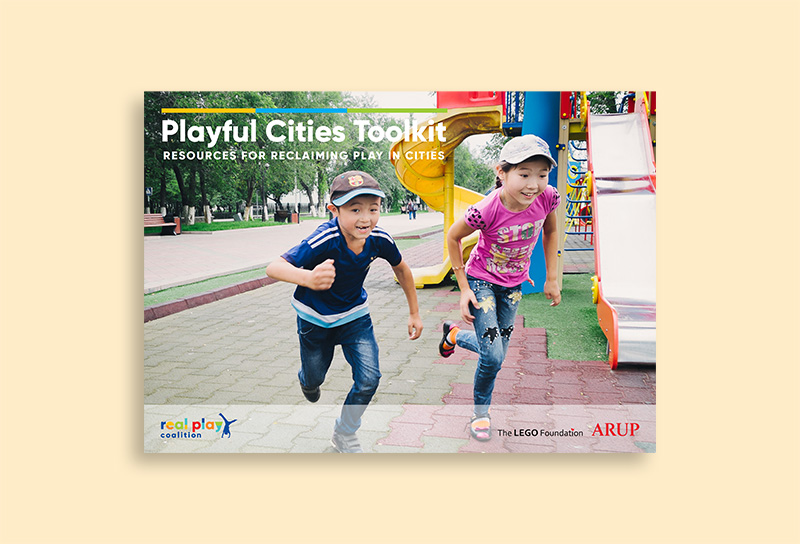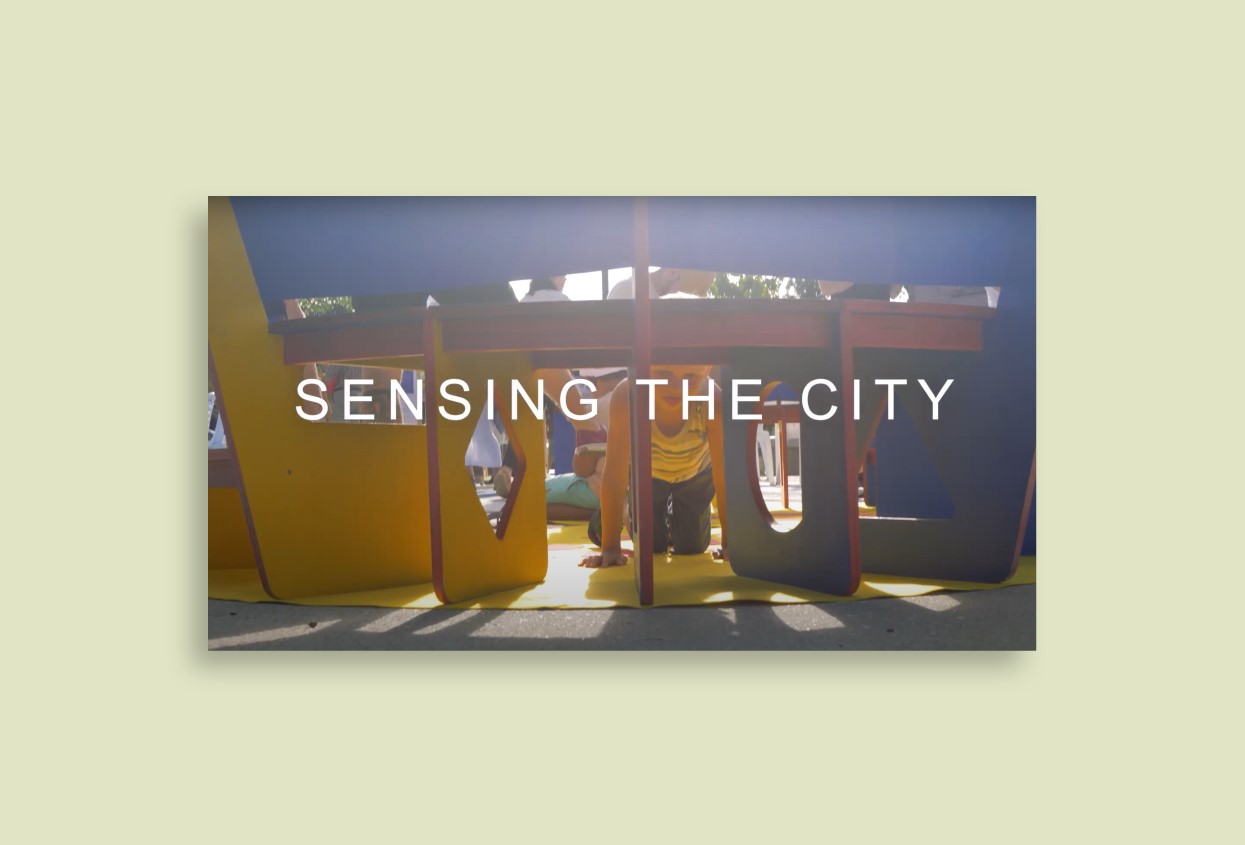
Overview
The ‘Block by Block’ program incorporates Minecraft, a video game, into public space planning to involve community members, particularly children. Minecraft is user-friendly and easy to learn, enabling individuals of various ages, backgrounds, and education levels to visualize three-dimensional environments and share ideas efficiently. Minecraft helps residents create models of their surroundings, envision possibilities, drive consensus and hasten progress. In the informal settlement of Dandora in Nairobi, children developed plans for a ‘model court’ and ‘model street’ to showcase how thoughtfully planned streetscapes can transform cities. Many courts and streets in Dandora that were once dilapidated have been revamped into vibrant spaces for community members to relax, gather, and play together.
Location:
Dandora, Nairobi, Kenya
Organisation:
Block by Block
Partner organisations:
UN-Habitat
Beneficiary:
Children ages 5-12
Scale of proximity:
Neighbourhood
Built environment component:
Public space, street
Design insights
Technology:
Gaming techniques are particularly advantageous to enable and engage children’s participation.
Implementation insights
When carefully incorporated, gaming programmes can enhance the practice of conventional urban design and planning. They can aid communication, proactively trigger interaction and participation, and facilitate understanding of spatial parameters, decision scenarios and consequences.
Communicating the proposed plans using 3D models instead of architectural drawings substantially improves the participants’ level of understanding and engagement.
Links:
https://www.blockbyblock.org/resources
https://placemakers.nl/wp-content/uploads/2016/04/Report-Minecraft-final-report-160412.pdf



